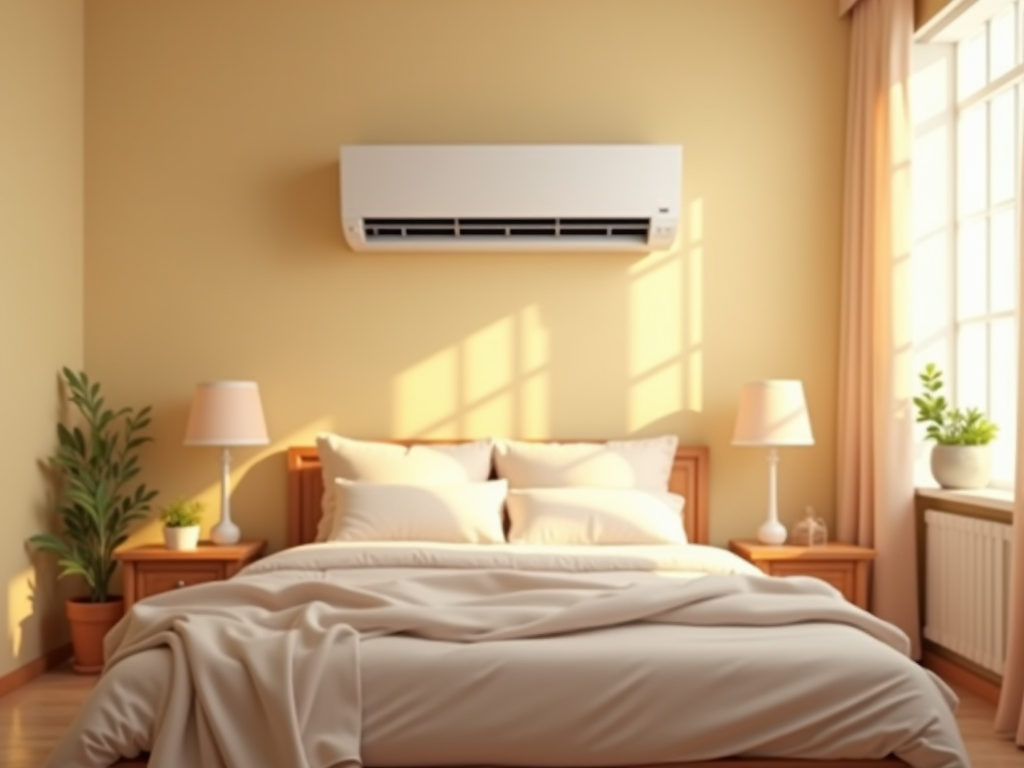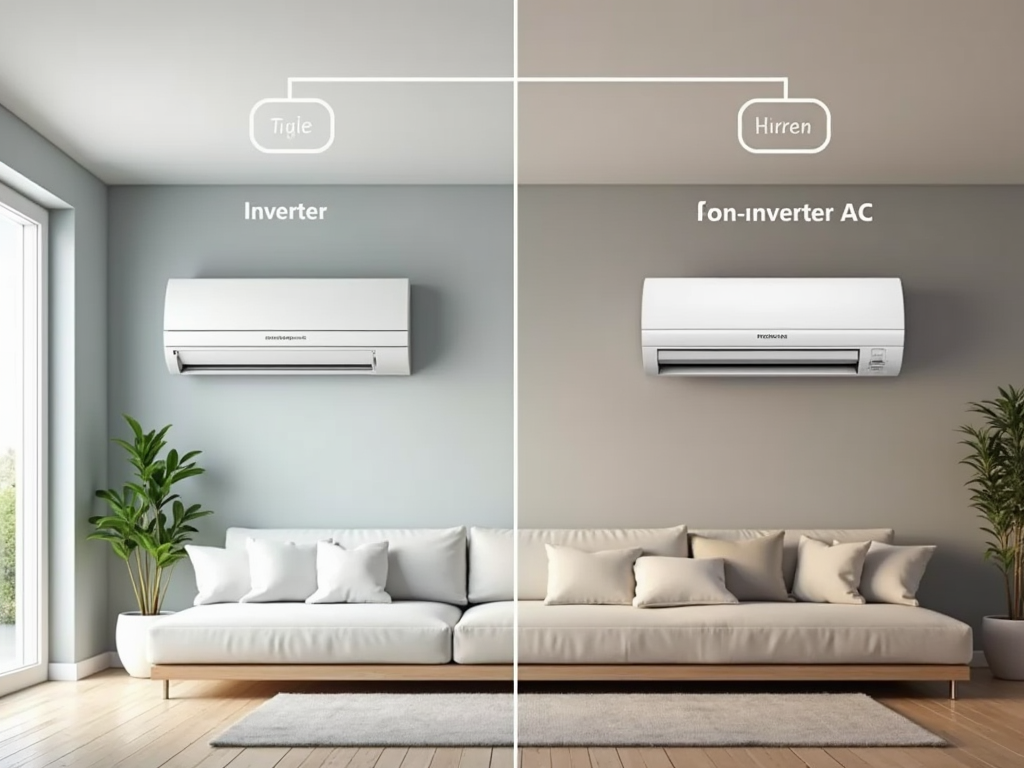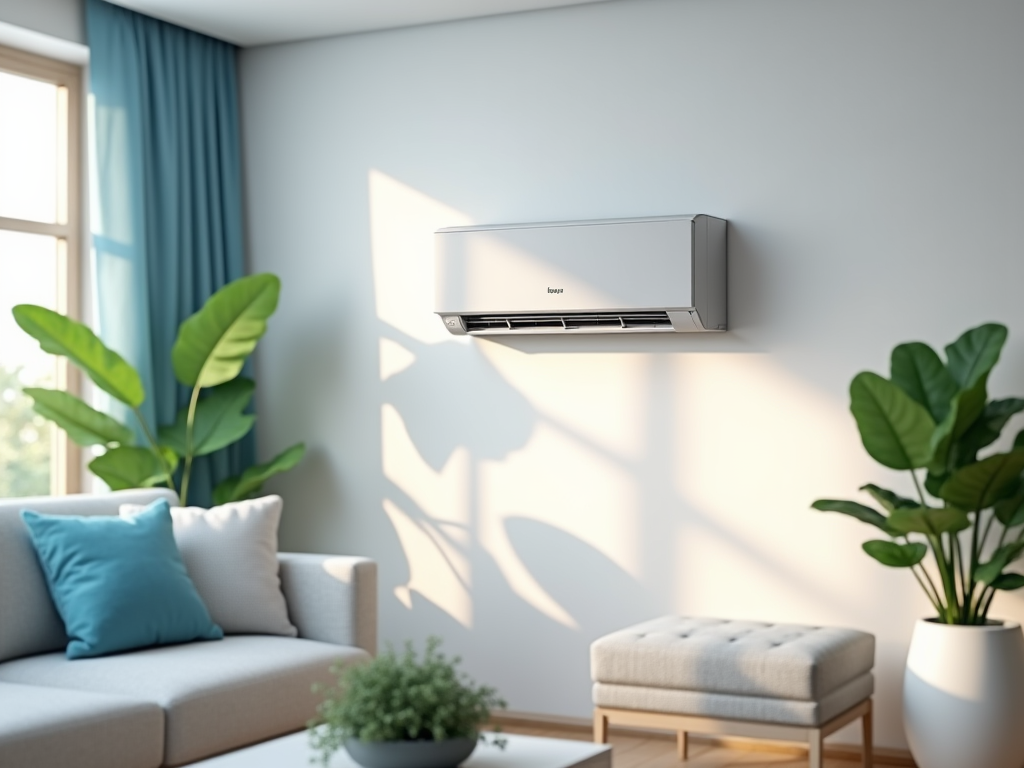In today’s world, electronics have become an integral part of our lives, enhancing our comfort and convenience. Air conditioning systems are one of the most sought-after appliances, especially during sweltering summer months. With energy efficiency becoming increasingly crucial due to rising electricity costs and environmental awareness, understanding the differences between inverter and non-inverter air conditioning systems is more important than ever. This knowledge allows homeowners to make informed decisions that suit their specific needs. In this article, we will explore both types of air conditioning units, their operational mechanisms, and how they differ from each other. By the end, you will have a clearer understanding of which system might be the best fit for your home.
What is an Inverter AC?

Inverter AC technology is grounded in the principle of variable speed. Unlike traditional air conditioning systems, which switch on and off to maintain temperature, inverter ACs continually adjust the compressor’s speed based on the cooling demand. This means that the unit can operate at lower speeds when the set temperature is reached, leading to energy efficiency that countless studies have highlighted. Furthermore, this continuous operation significantly reduces the fluctuations in temperature, contributing to an enhanced and stable comfort level within the space. Often, inverter ACs are quieter as a result of this process, providing a serene environment, especially in bedrooms or study areas. It’s not just about cooling; it’s about improving the quality of life indoors.
What is a Non-Inverter AC?

On the other hand, non-inverter ACs operate on a more conventional model. They maintain the desired temperature by repeatedly turning the compressor on and off. This cycle can lead to significant energy waste and temperature fluctuations, which can be uncomfortable. With their on-off operation, non-inverter ACs can sometimes be noisier, as the compressor needs to rev up each time it turns on. While these systems are often less expensive initially, they can lead to higher electricity bills over time. Their simplicity can be appealing for specific circumstances, mainly for users who might not require constant cooling or those who are looking for a low upfront investment.
Key Differences Between Inverter and Non-Inverter ACs
| Feature | Inverter AC | Non-Inverter AC |
|---|---|---|
| Energy Efficiency | High | Moderate |
| Cooling Performance | Consistent and rapid at times of high demand | Slower cooling with temperature fluctuations |
| Noise Levels | Quieter operation | Louder due to on-off cycling |
| Cost Implications | Higher initial cost, lower long-term bills | Lower initial cost, higher long-term bills |
When to Choose Inverter ACs
Choosing an inverter AC is often the best decision for those who anticipate frequent use of their air conditioning unit or own larger spaces. These systems are particularly advantageous in hot climates where air conditioning is almost a necessity. Consider these factors when deciding:
- You want to minimize energy bills over time.
- You require consistent temperature control without fluctuations.
- You value quieter operation, especially in living spaces.
Investing in an inverter AC might be the right choice if you fit into one of these categories. It’s better for homes equipped with smart technology as it often integrates seamlessly. Furthermore, the long-term benefits in operational costs often offset the higher initial purchase price.
When to Choose Non-Inverter ACs
In contrast, non-inverter ACs can be ideal for occasional use or smaller rooms. They are a practical choice for those who may not need continuous cooling due to the walk-in designs or transient living situations:
- You are renting or have plans to relocate soon.
- Your usage is sporadic or limited to short durations.
- You are working with a restricted budget upfront.
In these cases, a non-inverter unit may serve you well without significant investment upfront, even if it means compromising on efficiency. Your decision should take into account how long you intend to use the unit and how quickly you want the room to cool down.
Conclusion
In summary, understanding the differences between inverter and non-inverter air conditioning systems is vital for making an informed purchase. Each system has its merits, catering to various needs and preferences. Homeowners should assess their requirements, consider the operational costs, and factor in their living environments. Whether you choose the advanced, energy-efficient inverter AC or the more basic, budget-friendly non-inverter AC will depend on your specific conditions. Ultimately, the right choice can lead to enhanced comfort and satisfaction during the warmer months.
Frequently Asked Questions
- What is the primary benefit of an inverter AC? The primary benefit is its energy efficiency, which leads to lower electricity bills and less environmental impact.
- Is an inverter AC more expensive than a non-inverter AC? Yes, inverter ACs typically have a higher initial purchase price but save money over time through lower energy costs.
- Can an inverter AC cool a room faster than a non-inverter AC? Initially, non-inverter ACs may cool a room faster, but inverter ACs maintain a consistent temperature which can lead to a more comfortable environment over time.
- Are inverter ACs quieter than non-inverter ACs? Yes, inverter ACs tend to operate at quieter levels due to their ability to continuously adjust their compressor speed.
- How do I decide which AC type is best for my needs? Consider factors like your budget, how often you use the AC, and the size of the space you need to cool.





